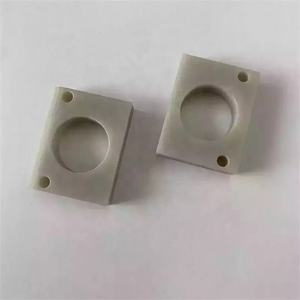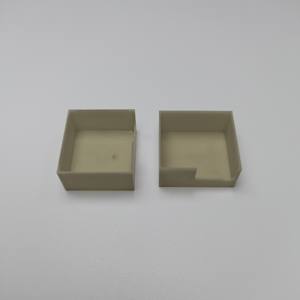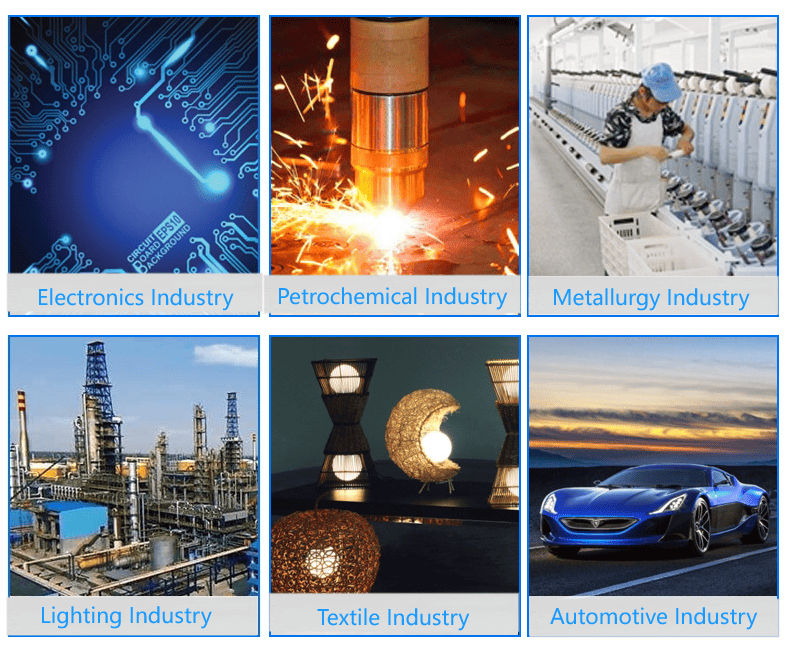Discover Premium Ceramic Products | Durability & Elegance United | Advanced Ceramics
PRODUCT PARAMETERS
Description
Overview of aluminum nitride ceramics
Aluminum Nitride Ceramic is an advanced ceramic material with aluminum nitride as the main component. It has been widely used in electronics, optics, and mechanics due to its unique properties.
Features of aluminum nitride ceramics
High thermal conductivity: Aluminum nitride ceramics have relatively high thermal conductivity, usually between 170-260 W/m·K, which makes it an excellent heat dissipation material. It is especially suitable for electronic devices that require efficient heat dissipation, such as substrate materials for power semiconductor devices.
Good electrical insulation: Despite its high thermal conductivity, aluminum nitride ceramics are excellent insulators of electricity, which can effectively prevent current leakage and ensure the safe operation of electronic components.
Low dielectric constant and dielectric loss: These characteristics make aluminum nitride ceramics very suitable for use in high-frequency circuits because it can reduce energy loss during signal transmission.
High temperature resistance: Aluminum nitride ceramics can maintain structural stability and strength at extremely high temperatures. Its melting point is about 2800°C, so it is suitable for applications in high temperature environments.
Low thermal expansion coefficient: Compared with semiconductor materials such as silicon, aluminum nitride has a lower thermal expansion coefficient, which means it has better dimensional stability when the temperature changes, which helps improve packaging reliability.
Corrosion resistance: Aluminum nitride ceramics have good chemical stability to most molten metals and are not easily oxidized or corroded, allowing them to perform well in harsh environments.
High mechanical strength: Although not as hard as some other types of ceramic materials, aluminum nitride ceramics still provide enough mechanical strength to allow them to be used in many structural applications.

(170W/m.k High Thermal Conductivity ALN Ceramic Substrate Aluminium Nitride Sheet)
Specifications of 170W/m.k High Thermal Conductivity ALN Ceramic Substrate Aluminium Nitride Sheet
The 170W/m · k High Thermal Conductivity ALN Porcelain Substrate Aluminum Nitride Sheet delivers advanced efficiency for demanding thermal management applications. This material integrates exceptional warm dissipation with solid electrical insulation, making it perfect for high-power digital gadgets. The thermal conductivity of 170W/m · k guarantees rapid heat transfer, reducing the threat of overheating in essential components. Its low thermal resistance boosts system performance, expanding the life-span of tools running under intense problems.
The aluminum nitride substratum provides excellent mechanical stamina. It withstands high mechanical stress, keeping structural honesty in severe environments. The product’s coefficient of thermal development closely matches silicon, reducing thermal inequality when paired with semiconductor products. This compatibility minimizes mechanical stress throughout temperature level changes, making sure dependable performance over time.
Electric insulation is an essential function. The substratum stops present leakage even under high voltages, boosting security in power electronic devices. Its high dielectric strength sustains applications calling for stable insulation properties. The surface area finish is smooth, enabling accurate bonding with circuits or elements. This simplifies production processes while making sure consistent top quality.
Resilience is focused on. The ALN ceramic withstands corrosion, oxidation, and chemical direct exposure, carrying out dependably in severe conditions. It runs properly throughout a large temperature variety, from ice-cold atmospheres to high-temperature settings exceeding 1000 ° C. This adaptability fits markets such as aerospace, automobile, and renewable resource.
Applications consist of LED lights systems, power modules, RF components, and semiconductor packaging. The material is made use of in warmth sinks, circuit carriers, and laser diode installs. Its lightweight design lowers general system weight without endangering thermal performance. Custom shapes and sizes are offered to satisfy specific task demands.
Manufacturing complies with strict top quality requirements, making certain harmony in density and pureness. The sheets are examined for thermal, electric, and mechanical buildings to ensure reliability. This item addresses the growing need for efficient thermal options in next-generation electronics.
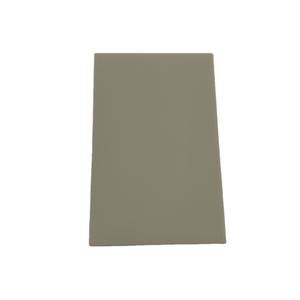
(170W/m.k High Thermal Conductivity ALN Ceramic Substrate Aluminium Nitride Sheet)
Applications of 170W/m.k High Thermal Conductivity ALN Ceramic Substrate Aluminium Nitride Sheet
The 170W/m · K high thermal conductivity ALN ceramic substrate aluminum nitride sheet is designed for innovative thermal administration services. This product excels in transferring heat effectively while preserving electric insulation. It fits high-power digital tools needing rapid warmth dissipation. Common usages consist of power modules, LED illumination systems, and RF elements. The substrate takes care of extreme temperatures without losing architectural integrity. This makes it reliable popular atmospheres.
Electronics producers like light weight aluminum nitride for its thermal efficiency. It surpasses traditional products like alumina. Alumina provides lower thermal conductivity around 20-30W/ m · K. ALN’s 170W/m · K rating reduces hotspots in circuits. This extends element life expectancy. The product’s low thermal growth matches silicon. This compatibility reduces stress and anxiety in semiconductor product packaging.
The vehicle industry utilizes ALN substrates in electric vehicle power systems. They manage warmth in inverters and battery control units. Aerospace applications consist of radar systems and satellite electronics. These areas call for products that hold up against temperature variations. ALN’s stability under thermal biking stops failing.
Telecommunications devices benefits from ALN’s high-frequency signal handling. Its reduced dielectric loss ensures marginal power waste. Laser diodes and optoelectronic devices rely upon ALN for warm dissipation. This preserves accuracy in medical lasers and commercial cutting tools.
Production procedures for ALN sheets include accuracy sintering. This makes certain consistent thickness and minimal problems. Personalized forms and densities adapt to certain gadget requirements. Surface metallization alternatives enable straight bonding to circuits. This simplifies setting up in microelectronics.
The material stands up to chemical deterioration. Rough industrial settings do not degrade its efficiency. ALN substratums are safe and comply with RoHS requirements. This makes them risk-free for consumer electronics.
Expenses are higher than conventional ceramics. Long-term savings originated from lowered cooling needs and improved integrity. Engineers pick ALN when efficiency outweighs initial expenditures. Its combination of thermal conductivity and electric insulation continues to be unequaled.
Research continues to expand ALN applications. Arising areas like 5G infrastructure and renewable energy systems reveal growing demand. The substratum’s versatility supports next-generation modern technology advancement.
Company Introduction
Advanced Ceramics founded on October 17, 2014, is a high-tech enterprise committed to the research and development, production, processing, sales and technical services of ceramic relative materials and products.. Since its establishment in 2014, the company has been committed to providing customers with the best products and services, and has become a leader in the industry through continuous technological innovation and strict quality management.
Our products includes but not limited to Silicon carbide ceramic products, Boron Carbide Ceramic Products, Boron Nitride Ceramic Products, Silicon Carbide Ceramic Products, Silicon Nitride Ceramic Products, Zirconium Dioxide Ceramic Products, Quartz Products, etc. Please feel free to contact us.(nanotrun@yahoo.com)
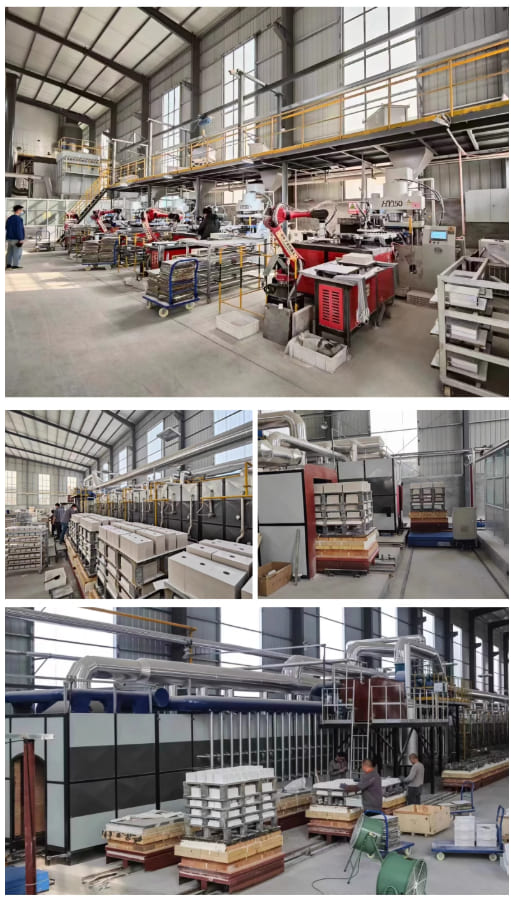
Payment Methods
T/T, Western Union, Paypal, Credit Card etc.
Shipment Methods
By air, by sea, by express, as customers request.
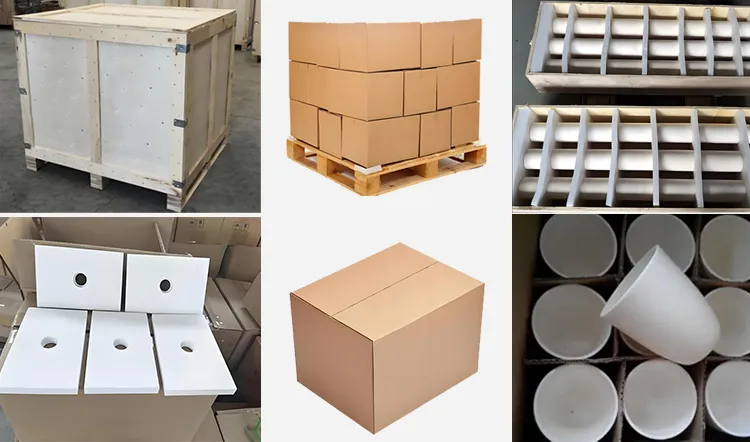
5 FAQs of 170W/m.k High Thermal Conductivity ALN Ceramic Substrate Aluminium Nitride Sheet
What is the thermal conductivity of ALN ceramic substrates?
The ALN ceramic substrate has a thermal conductivity of 170W/m·K. This value is high. It helps move heat away from electronic parts fast. Electronics stay cooler. This prevents overheating. Performance improves.
Where is the ALN ceramic substrate used?
It is used in high-power electronics. Examples include LED lighting, laser diodes, and power modules. It works in circuits needing heat spread quickly. It fits devices with tight space. It handles extreme temperatures.
How does ALN compare to alumina ceramics?
ALN conducts heat better than alumina. Alumina’s conductivity is around 20-30W/m·K. ALN is better for high-power uses. ALN costs more. Alumina is cheaper for less demanding tasks.
Can the ALN substrate handle harsh chemicals?
Yes. ALN resists most chemicals. It does not corrode easily. Avoid strong acids or bases. These might damage the surface over time.
Can the ALN ceramic be customized?
Yes. Sizes and thicknesses can be adjusted. Holes or patterns are added based on needs. Special coatings or metal layers are optional. These changes improve performance for specific projects.
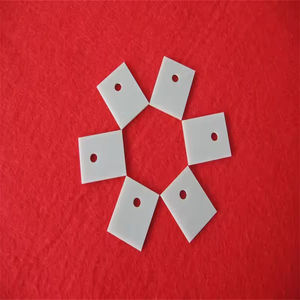
(170W/m.k High Thermal Conductivity ALN Ceramic Substrate Aluminium Nitride Sheet)
REQUEST A QUOTE
RELATED PRODUCTS
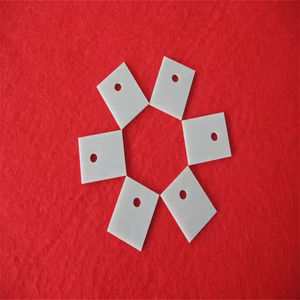
Customizable 170W Aluminium Nitride Ceramic Roller ALN Parts Insulator for Electronic
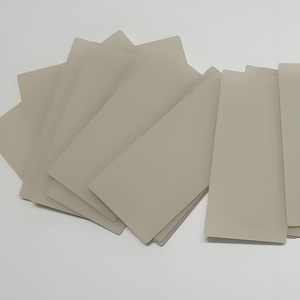
CNC Machining Aluminum Nitride Aln Ceramic Square Crucible Ring/Substrate/Parts
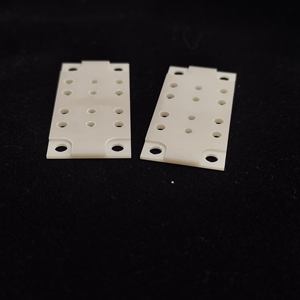
High Thermal Conductivity AlN Aluminum Nitride Electrical Ceramic Crucible
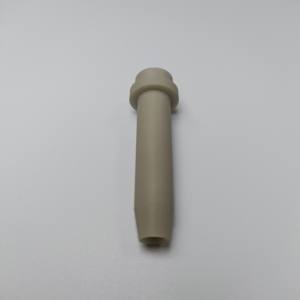
High Thermal Conductivity / Aluminum Nitride / AlN Ceramic Substrate/ Plate / Block
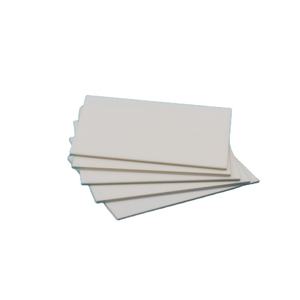
AlN Aluminum Nitride Ceramic Plate
